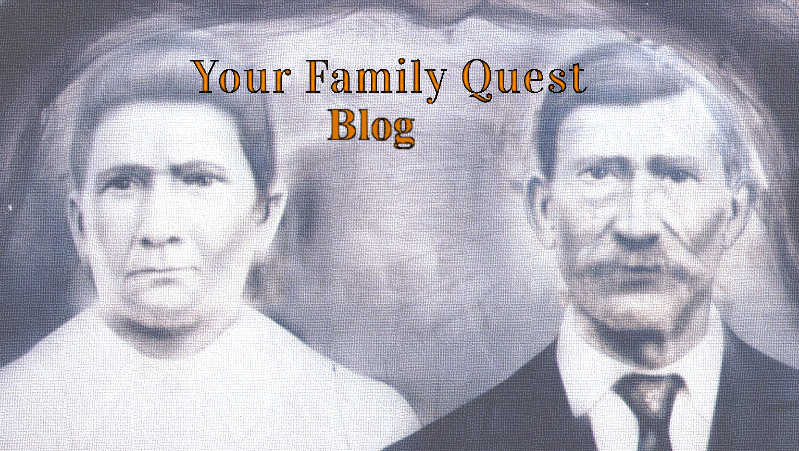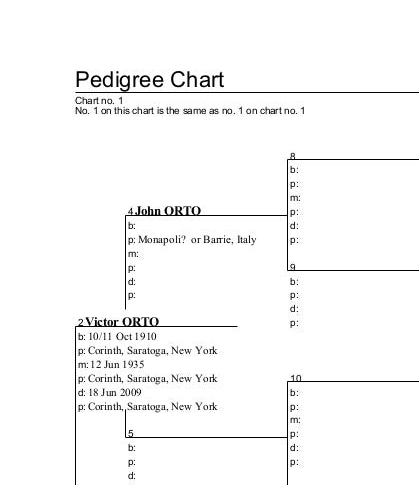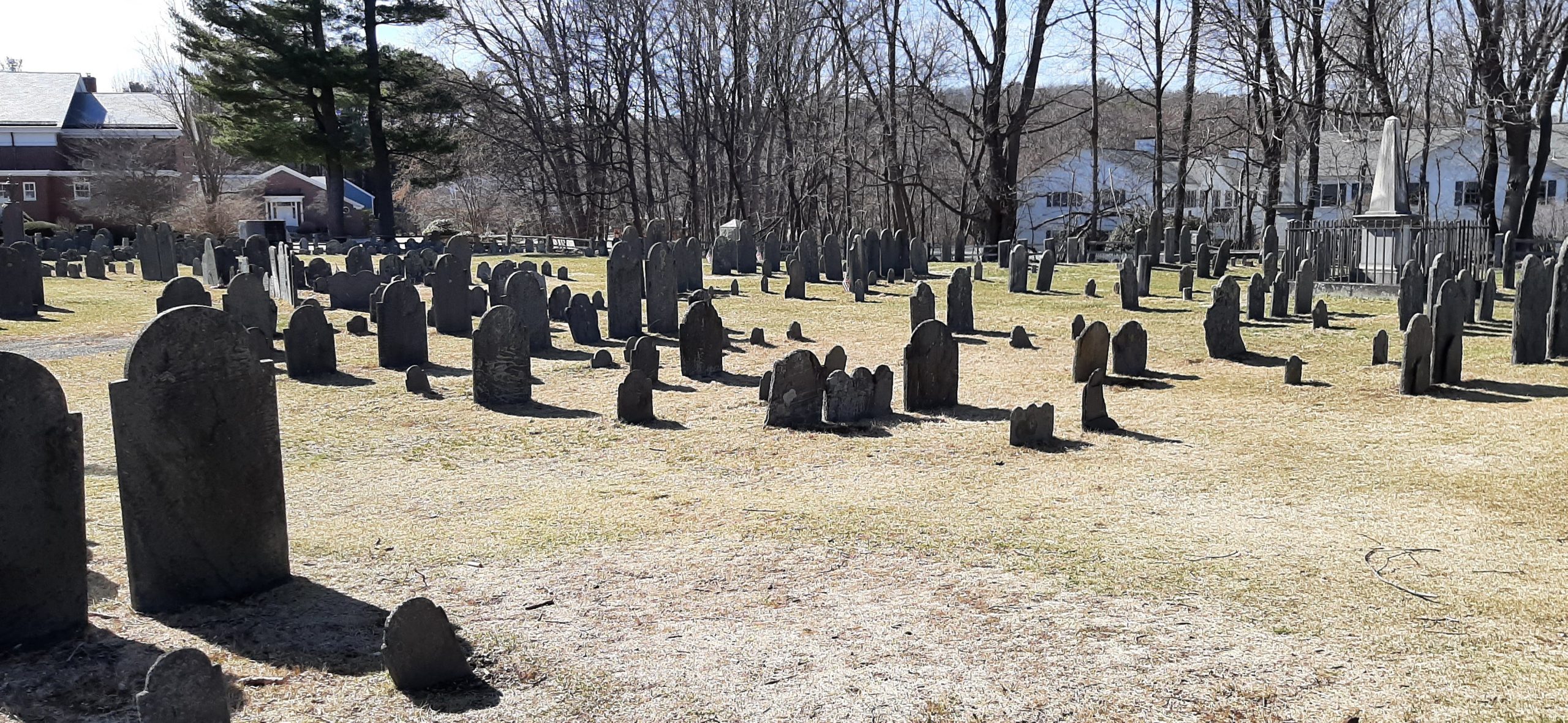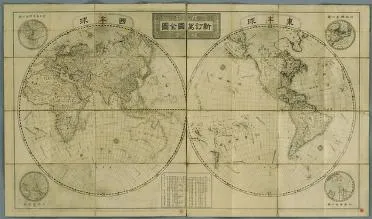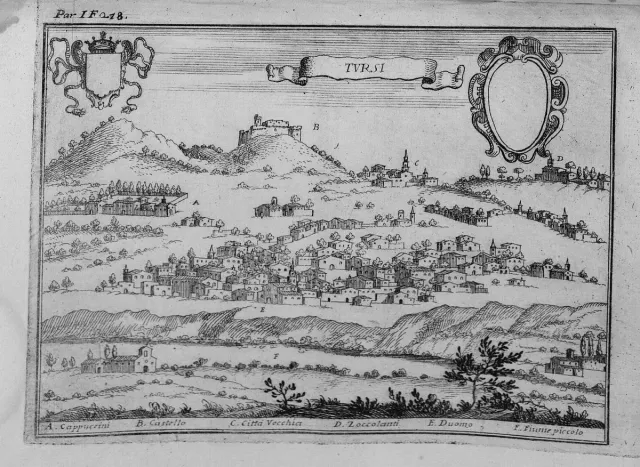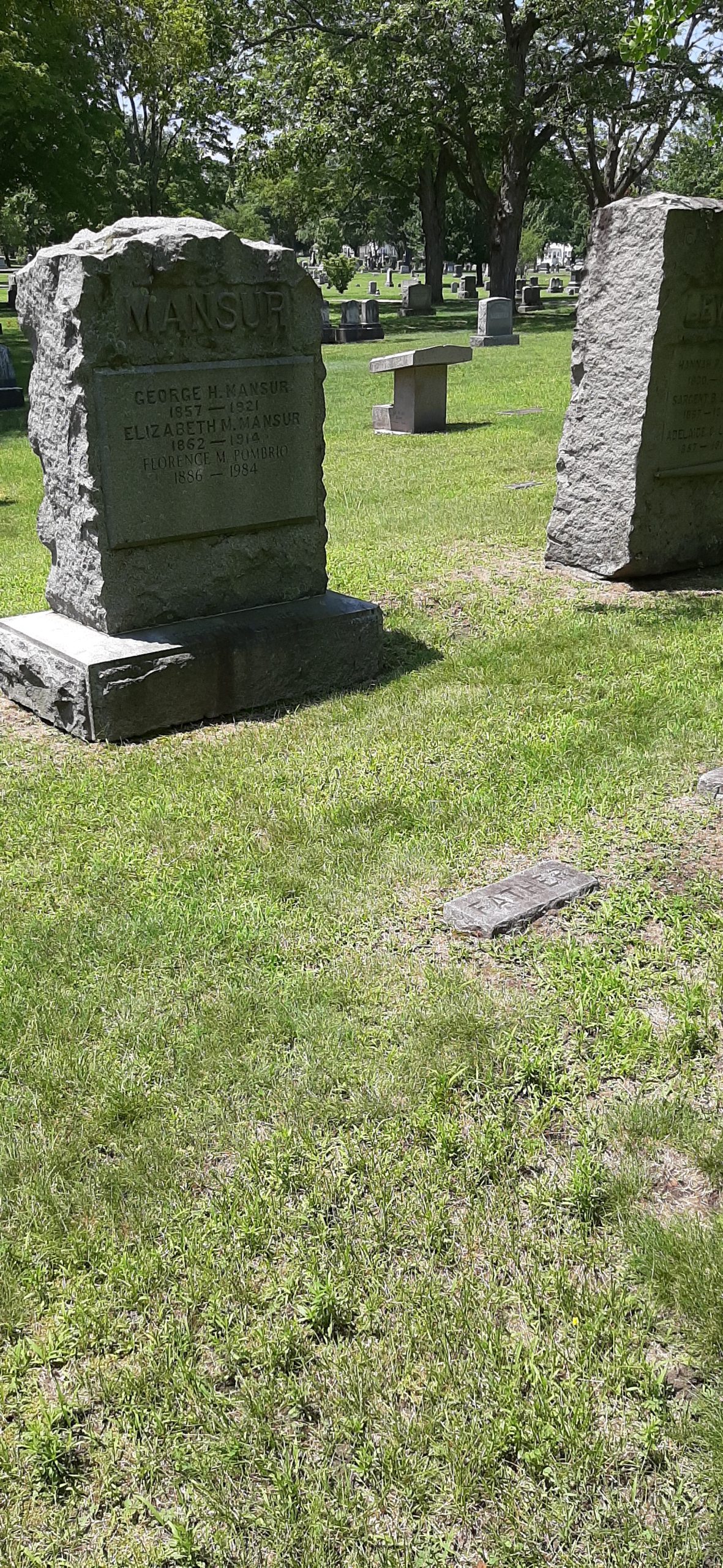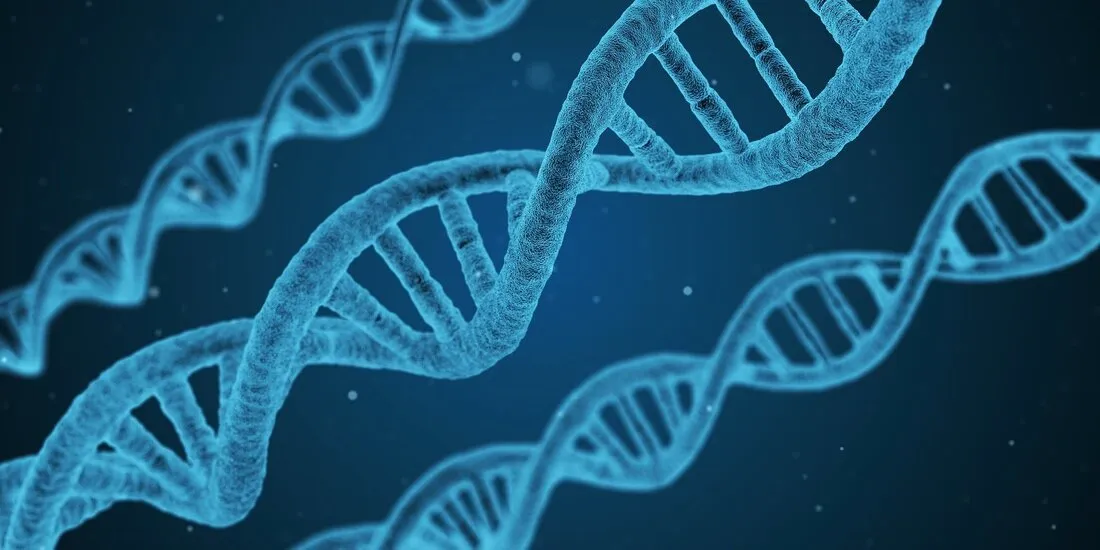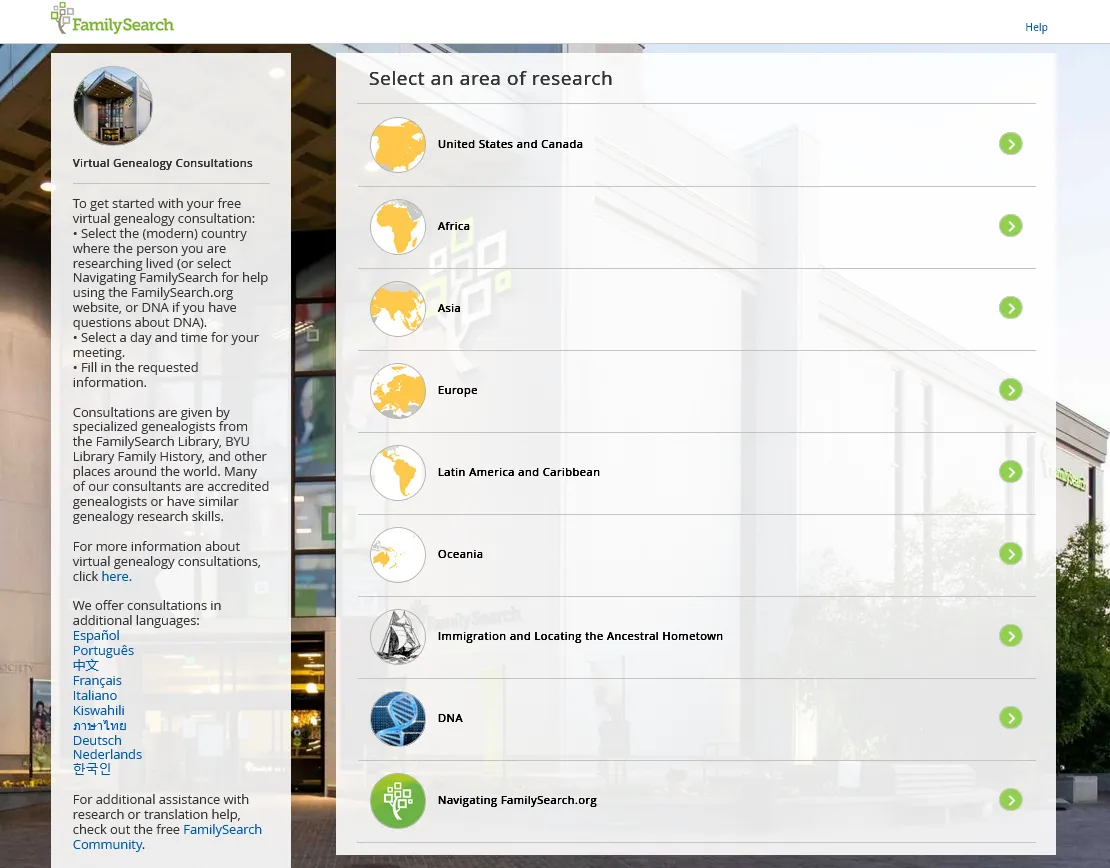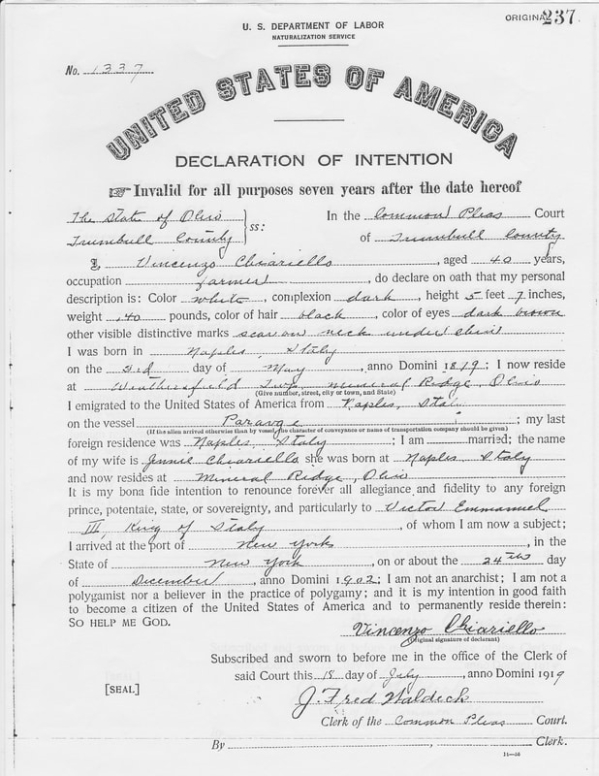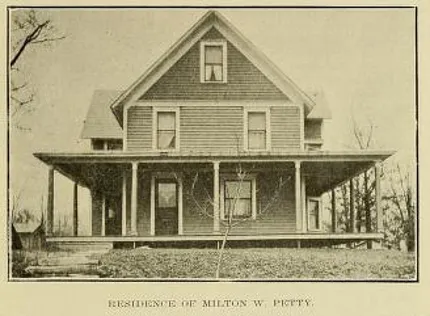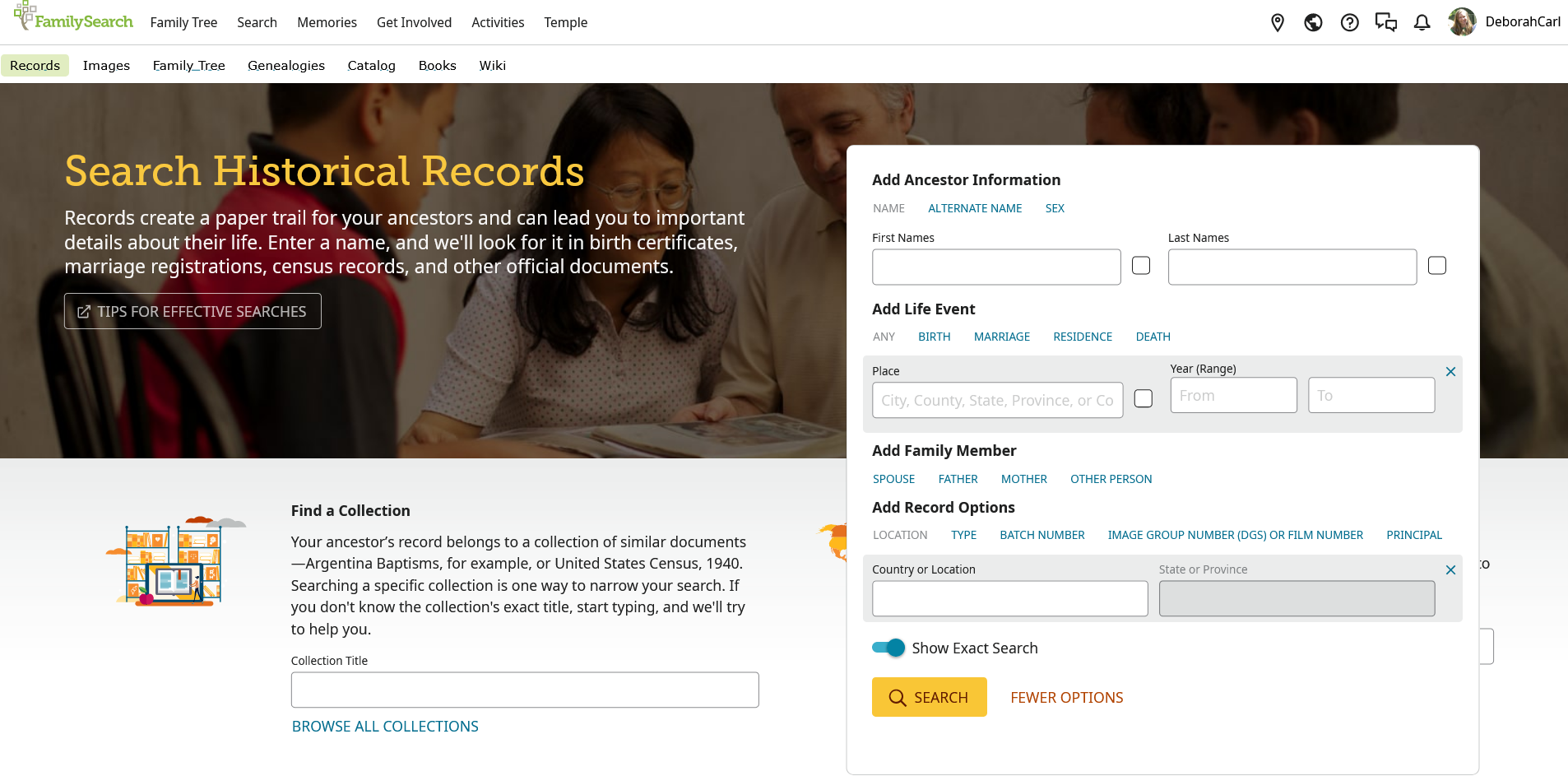
Originally published 8/22/2019
I’ve been watching archived sessions from RootsTech. I highly recommend them. In particular, I was watching Finding Elusive Records at FamilySearch by Robert Kehrer which he presented in 2018. Below I’ve attached a link to a video on YouTube where he addresses using batch numbers to help you find information on your relatives which he also discussed at RootsTech.
What’s a batch number? It is an internal number FamilySearch uses for the images and it indicates a type of record and place. So how does it work? First you search the records for your ancestor at FamilySearch. Once you find your ancestor’s record, open it and on the right hand side you will see “Indexing Project (Batch) Number.” The IGI Batch Number Descriptions (see link below) tells you what the letter in the code means – birth record, marriage record, etc. The number is the locality.
In the example from the video Kehrer went to Search Records, found a birth record for his ancestor and he found the batch number for that record. Then he went back to Search Records, put in the information he had on the father and mother and restricted the records by Batch Number using the number from the birth record he found and substituting M (marriage) for the letter code P (birth, christening, or passenger lists).
So why would you want to search this way instead of just putting in the names and places? I tried Kehrer’s search without the batch numbers to see what would happen. We both started by searching for Mary Leah born between 1801 and 1803 at Meole Brace, Shropshire, England. She came up at the top of the list just as she had for Kehrer. Next I searched for Thos Leah and his spouse Jane at Meole Brace, Shropshire, England, restricting the records by marriage and got Thomas Leah married to Jane Yeastope just as Kehrer did.
The next step was to find the parents for Thomas Leah, so I did the search again restricting the records by birth but I didn’t get the same results as Kehrer until I said match the birth place exactly. So I tried doing the search again restricting the records by batch number and didn’t get quite the same results as Kehrer but Thomas Lea was number nine on the list. So personally, I’m not seeing any advantage to searching by batch number.
As a side note, Kehrer decided Thomas Lea [Leah] christened 10 June 1770 at Meole Brace, Shropshire, England the son of Richd. Lea and Eliz. was the husband of Jane Yeastope and father of Mary Leah. I don’t think he’s right. There is another Thos. Leah son of Rich. Leah and Eliz. christened 21 June 1789 at Meole Brace, Shropshire, England and he is connected on FamilySearch to the same parents as 1770 Thomas Lea. It would not make sense to have two children with the same name alive at the same time. If it is true that 1770 Thomas Leah died before 1789, then the Thomas Leah who married Jane Yeastope in 1789 and went on to have children from 1790 to 1810 can not be the Thomas Leah son of Richard Leah and Elizabeth christened in 1789. This family needs some work before I’d be comfortable with the conclusions that have been posted.
